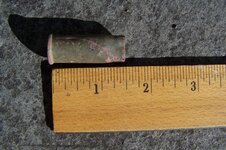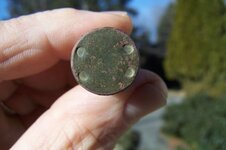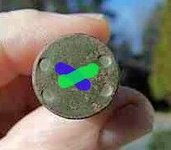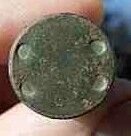Wildcat1750
Gold Member
- Nov 18, 2012
- 5,015
- 4,107
- 🏆 Honorable Mentions:
- 4
- Detector(s) used
- AT PRO/Ace 250w8.5x11" DD Coil/
Garrett Pro-Pointer/Garrett Pro-Pointer AT/
Vibra-Tector 730/
Radio Shack Discovery 1000 (Tracker IV)
- Primary Interest:
- All Treasure Hunting
I recently found a Rim Fire Shell Casing with 4 indentations vs. 1 or 2 in the Triple Cites area of Upstate New York (See attached photos below). My initial internet search has turned up nothing similar. Any help identifying the shell casing and weapon that fired it would be greatly appreciated.
Thanks!
Nick
Thanks!
Nick












